Search
Search Results
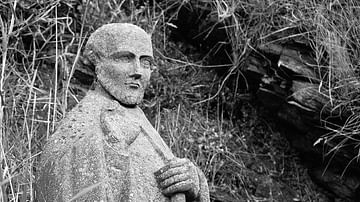
Definition
Gildas
Gildas (c. 500-570 CE) was a Romano-British monk, known primarily for a work entitled De Excidio et Conquestu Britanniae, translated as On the Ruin and Conquest of Britain. Gildas' work is a polemical sermon recounting British history while...
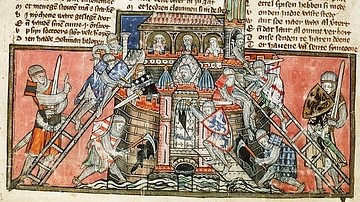
Article
The Siege of Antioch, 1097-98 CE
The siege of Antioch in 1097-1098 CE occurred during the First Crusade (1095-1102 CE) when the western Crusader knights were on their way to retake Jerusalem. The great metropolis of Antioch in northern Syria was heavily fortified, and it...
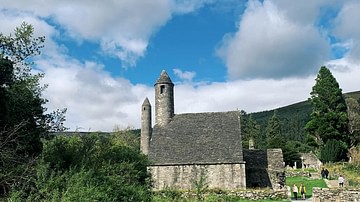
Article
Top 5 Historic Day Trip Sites to Visit Close to Dublin
Ireland is filled with historical sites and monuments. The 'Emerald Isle' always has something new in store for those who venture there and are eager to learn about its fascinating past. Many sites have a mystical past told through legends...

Article
Discovery of Penicillin
The age of antibiotics began in September 1928, with the discovery of penicillin by Alexander Fleming (1881-1955), then a professor of bacteriology at St. Mary's Hospital in London. Previously there were no effective treatments against a...
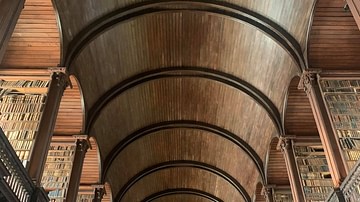
Article
Top 5 Must-See Historical Sites in Dublin
Dublin has much to offer in cultural and historical experiences. It is a vibrant and colorful city, with a history dating back many centuries. Dublin has it all - from castles and a Viking harbor to ancient pubs, medieval libraries, and more...
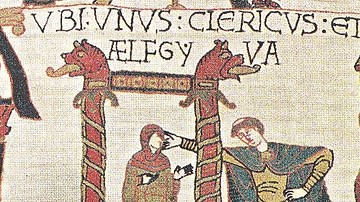
Definition
Aelfgifu of Northampton
Aelfgifu of Northampton (fl. 1013-1037) was an English noble who married the English and Danish king Cnut (r. 1016-1035) and was the mother of the English king Harold I Harefoot (r. 1035-1040). Aelfgifu reached the height of her influence...
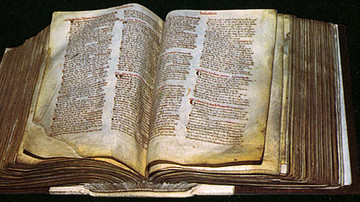
Image
Great Domesday Book
Domesday Book is actually composed of two volumes, with here shown the larger of the two, the Great Domesday book. Compiled in 1086-7 CE by William the Conqueror as a survey of land and property ownership across Norman England. (National...
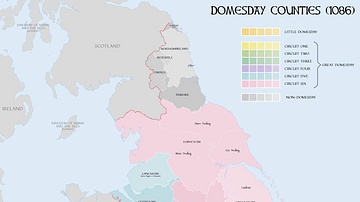
Image
Map of Domesday Book Circuits
A map indicating in colours the various districts (circuits) which were surveyed by Domesday Book of 1086-7 CE in Norman Britain.

Image
Old Sarum, Wiltshire
An aerial view of Old Sarum, Wiltshire, England. The earthwork fortifications and the foundations of William the Conqueror's (r. 1066-1087 CE) Norman cathedral are still clearly visible today within this Iron Age hill fort.

Definition
Serf
Medieval serfs (aka villeins) were unfree labourers who worked the land of a landowner (or tenant) in return for physical and legal protection and the right to work a separate piece of land for their own basic needs. Serfs made up 75% of...